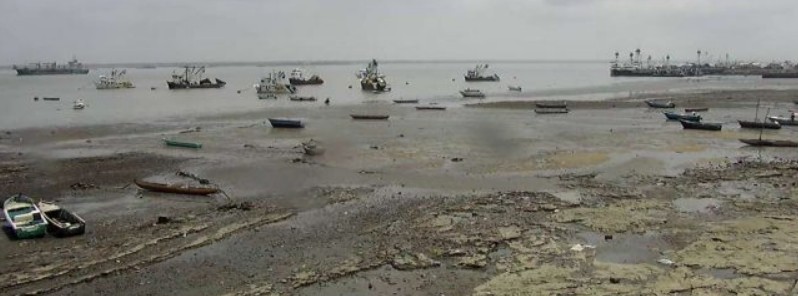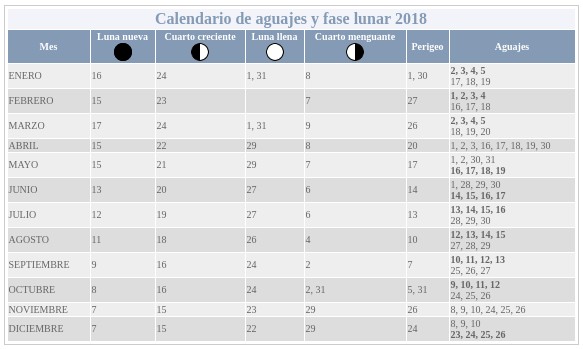Very low tide along the coast of Ecuador during Earth’s perihelion

A very low tide was observed along the coast of Ecuador as the Earth reached perihelion on January 3, 2018. The combination of oceanographic and atmospheric factors contributed to a significant decrease in sea level, meaning that between January 2 and 5 there was pronounced sea retreat that is not that usual in some parts of the coast.
"The low tide event occurred throughout the coast of Ecuador," the Oceanographic Institute of Ecuadorian Navy (INOCAR) said. "However, it has been more evident on beaches that have a steep slope, such as Santa Rosa and Bahía de Caráquez."
El Mar retrocedió 100 metros en Santa Elena, #Ecuador.@chematierra @WeatherMex @AlertaGt502 @TiempoSeveroMex pic.twitter.com/fBui6qEEaR
— Tiempo Extremo Mundial (@TiempoExtremoMu) January 4, 2018
Con #VideovigilanciaECU911 monitoreamos el perfil costanero de #Guayas y #SantaElena donde al momento se presenta bajamar reportada previamente por @inocarec. Más información aquí: https://t.co/rxCjuXeaE3 pic.twitter.com/pSgunxGNhT
— ECU 911 Samborondón (@ecu911sambo) January 4, 2018
For the second consecutive day, the fishermen preferred to maintain their boats and avoid going out into the sea due to dangerously strong winds and very low tide, El Universo reported January 5.



In Santa Elena, specifically in the port of Santa Rosa (Salinas), the sea retreated some 120 meters (390 feet), leaving dozens of boats stranded amid algae, plastic remains and other trash.
The strongest sea retreat, some 200 m (650 feet) in places, took place on January 3, coinciding with Earth's perihelion, its closest approach to the Sun.
"All the boats were dry," fishermen Javier Benitez told El Universo. "There were waves of 1.5 to 2 m (5 – 6.5 feet) that day and the wind was so strong that many boats had to return to the port," he said.


Calendar of Syzygy tides (know as Aguajes in Ecuador) and moon phases. Credit: INOCAR
Check out this page if you want to learn more about tides and water levels.
Earth's next perihelion will take place on January 3, 2019.
Featured image: Very low tide in Ecuador on January 4, 2018.

Current explanations of the tides are wrong including why the Perihelion and Aphelion take place. I will explain the phenomenon of the tides in my upcoming research paper that will be published with a good peer reviewed journal. The paper will deal mainly with the so-called proton radius puzzle, but the ocean’s tides and their real causes will be explained as well. Both the tides and the variation of the proton radius are caused by the same force
Current explanations of the Tides are wrong, including why the Perihelion and Aphelion take place. When gravity will be understood these phenomena can be explained easily.